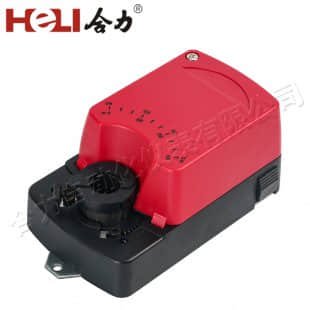
A damper actuator is a crucial component in various systems, particularly in heating, ventilation, and air conditioning (HVAC) applications. Its primary role is to regulate airflow and control the opening and closing of dampers within air handling systems. By understanding the functionality, types, and applications of damper actuators, we can appreciate their significance in maintaining efficient and comfortable indoor environments.

At its core, a damper actuator is a device that controls the movement of a damper, which is a valve or plate that adjusts airflow in a duct or ventilation system. The actuator is responsible for moving the damper to open or close positions based on signals from a control system. This movement can be either linear or rotary, depending on the design of the actuator and damper.
Damper actuators come in several types, each suited for different applications. The most common types include electric, pneumatic, and hydraulic actuators. Electric damper actuators are widely used due to their precise control and ease of integration with building management systems. They operate using electric motors to drive the damper, offering accurate positioning and quick response times. Pneumatic actuators, on the other hand, use compressed air to move the damper. They are often found in environments where electrical power might be unreliable or unsuitable. Hydraulic actuators utilize fluid pressure to achieve movement and are typically used in larger systems requiring substantial force.
